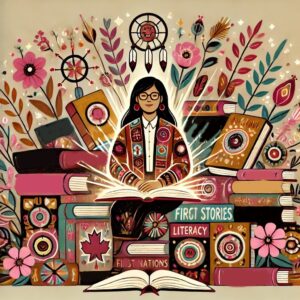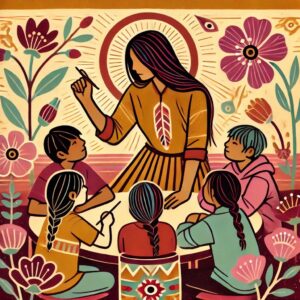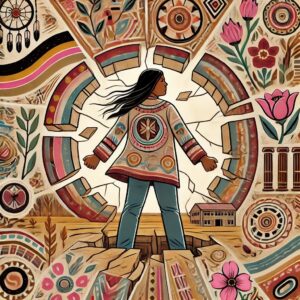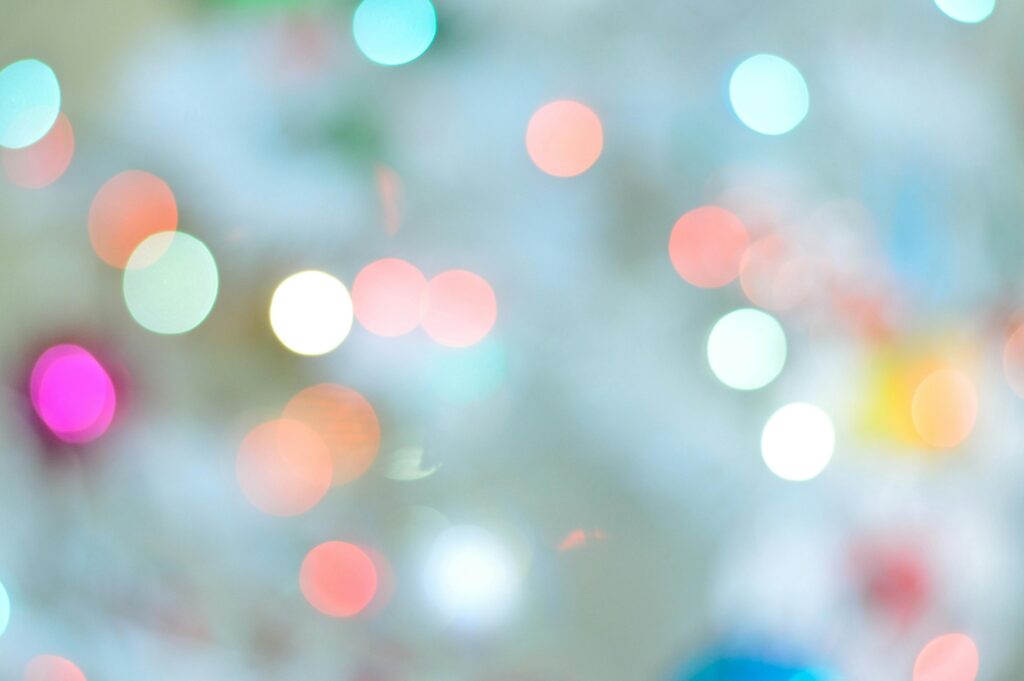This past weekend, I found myself back at my parents’ house—not for a visit, but because my husband had some horses to trim in their area. Instead of making multiple trips back and forth, I packed up everything I needed for the weekend, including my ever-faithful sourdough starter, Dough-na-tella.
Knowing I wanted to bake while I was there, I prepped Dough-na-tella the night before, feeding her and making sure she was good and bubbly by the time morning rolled around. When I woke up on Saturday, I wasted no time putting her to good use. First on the agenda was our household staple: sourdough pancakes. There’s something special about starting the day with a warm, fluffy stack, and at this point, they’ve become a tradition in our home. Even my parents, who are usually skeptical of sourdough anything, couldn’t resist. It was my dad’s birthday so it was a great way to kick off the day for him to enjoy a nice stack of plain, choc. chip and blueberry pancakes, along with a side of bacon, and eggs! Yummy!
But the real adventure came with my first-ever inclusions loaf. I had been wanting to experiment with adding ingredients to my sourdough, and I figured this was the perfect opportunity. I followed Amy Bakes Bread’s Three Cheese Sourdough Bread recipe (link here) but with a small tweak. While Amy’s recipe calls for three types of cheese, my mom’s fridge only had mozzarella and sharp cheddar, so I rolled with it.
What I didn’t anticipate, though, were the little challenges that came with tackling a new recipe. While I’ve gotten comfortable with the basics of sourdough, shaping an inclusion loaf was a different story. Unlike my usual loaves, this one had chunks of cheese that made it harder to handle. I also hadn’t shaped a loaf for quite some time and even then when I did shape it last time I totally flew by the seat of my pants with it, this time I wanted to do it right. Amy’s recipe didn’t include video instructions, so when I reached the shaping step, I found myself second-guessing my technique. That’s when I turned to Baker Bettie’s YouTube tutorial (link here). Watching her step-by-step guide helped me gain the confidence to shape my dough properly, making sure the cheese was evenly distributed without overworking the gluten.
I really appreciate these type of Open Education tools at my finger tips. Videos and resources like this, literally get me through this learning journey. Without them I would be making so many mistakes and not knowing if what the recipe is describing is truly what I need to be looking for.
A few lessons I took away from this bake:
- Trust the dough – Even when it feels sticky and challenging, patience and gentle handling make all the difference. This was a higher moisture dough, making it difficult to work with so I had to be super patient with the shaping and folding and the general working with it. But it turned out great!
- Adjust based on what you have – I only had two types of cheese, but the bread still turned out delicious. Sometimes, you just have to work with what’s available.
- Visual learning is a game-changer – Having a video tutorial to follow made the shaping process so much easier. Next time, I’ll probably look up videos beforehand to be better prepared.
By the time I got home and put her in the fridge and dough-na-tella came out of the oven, my kitchen smelled amazing. The bread had a beautiful golden crust, and the pockets of melted cheese inside made every bite worth the effort.
All in all, it was a great weekend of baking and learning, and Dough-na-tella proved once again that she’s up for any adventure. I can’t wait to try my next inclusions loaf—my coworkers have been cashing in on my learning journey and they have requested a lemon blueberry loaf next, if I can pull that off I may be the star of the office! Hold onto your hats, everyone!
Have you ever tried an inclusion loaf? What are your favourite add-ins?




